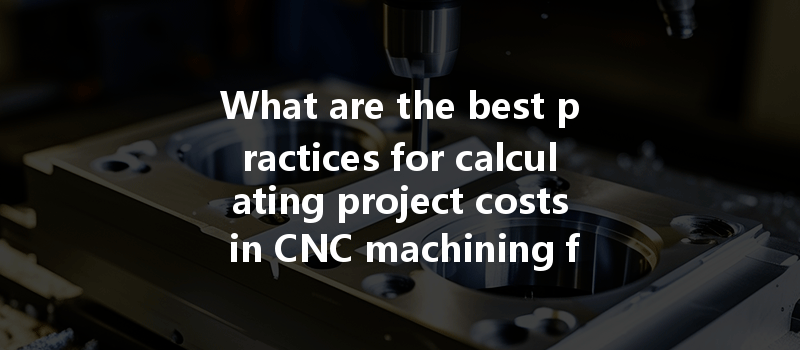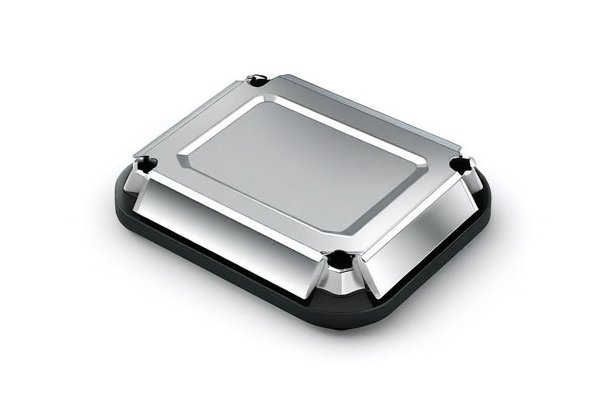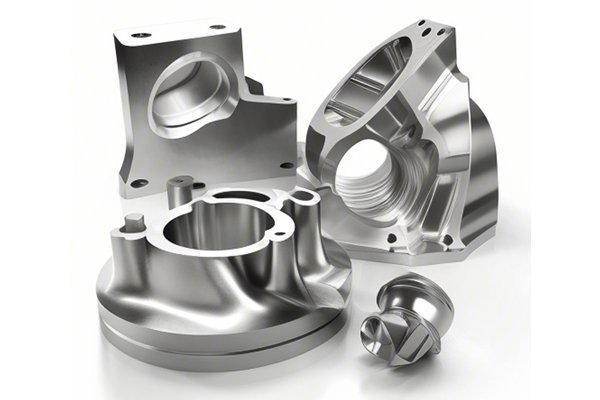Opening:
Did you know that miscalculating project costs can lead to overruns by as much as 20% or more in many manufacturing sectors, including CNC machining? In a world where precision and cost-efficiency are paramount, one wrong calculation can lead to significant financial implications. This blog aims to provide you with a detailed guide on how to accurately assess and manage project costs in CNC machining, ensuring your budgeting aligns with the realities of the manufacturing process.
—
to Project Cost Calculation in CNC Machining
In the rapidly evolving landscape of CNC (Computer Numerical Control) machining, the ability to accurately calculate project costs is not just beneficial; it’s essential for the sustainability and competitiveness of manufacturing businesses. As CNC technology advances, there arise various cost determinants during the machining process. From initial designs and raw materials to tool wear and operational overhead, every element contributes to the total cost.
Understanding the cost structure of CNC machining can help manufacturers minimize expenses, maximize profits, and create competitive pricing strategies that appeal to clients while maintaining excellent service delivery.
—
Key Factors Affecting CNC Machining Costs
Before diving into methodologies, it’s vital to understand the fundamental factors influencing CNC machining costs:
—
Detailed Steps to Calculate Project Costs in CNC Machining
Understanding project requirements is crucial. This includes:
Once specifications are defined, the next step is estimating material costs. Calculate the following:
For example, if your project requires 50 kg of aluminum at $3 per kg, your material cost would be $
3. Tooling Cost Calculation
Understanding your tooling requirements and costs is essential. You should:
Tooling costs can be calculated as follows:
If you anticipate using tools for 10 projects, your tooling depreciation per project would be:
`[(Number of Tools) × (Cost Per Tool) ÷ (Number of Projects) = Tooling Cost Per Project]`
[(4) × (50) ÷ (10) = $20]
Labor costs should be computed based on:
Calculation can happen as follows:

`[(Hourly Wage) × (Estimated Hours) = Labor Cost]`
If the operator’s wage is $25 per hour and the total time needed is 8 hours:
[(25) × (8) = $200]
Machine time contributes significantly to overall costs:
For instance, if the machine costs $50 per hour and the estimated time is 10 hours:
[ [(Machine Hourly Rate) × (Estimated Machining Time) = Machine Cost]]
[(50) × (10) = $500]
Calculate overhead costs by determining a percentage of total costs associated with:
Overhead allocation could be calculated like this:
`[Total Direct Costs × Overhead Rate (%) = Overhead Cost]`
If your total direct costs (materials + labor + tooling + machine) come to $1000, and you establish a 20% overhead rate:
[ Total Direct Costs × 0.20 = $200 ]
Compile all expenses to establish total project costs. Use the following formula:
[ [Total Project Cost] = Material Costs + Tooling Costs + Labor Costs + Machine Costs + Overhead Costs]
If each category of costs results in the following:
Your total project cost would be:
[ 150 + 20 + 200 + 500 + 200 = $1,070 ]
—
Importance of Accurate Cost Calculations
By accurately assessing direct and indirect costs, CNC machining businesses can:
—
The ability to calculate project costs accurately in CNC machining is paramount. From understanding material types to evaluating labor and overhead, every factor contributes to the final budget. By following systematic steps and leveraging precise calculations, businesses can optimize their production processes, boost profitability, and remain competitive in a tough market landscape.
Remember, in a world where every dollar counts, an insightful approach to cost estimation in CNC machining is not just a skill but an essential component of sustainable business practices. Thus, embracing these techniques holds significant value for any manufacturer seeking long-term success.






